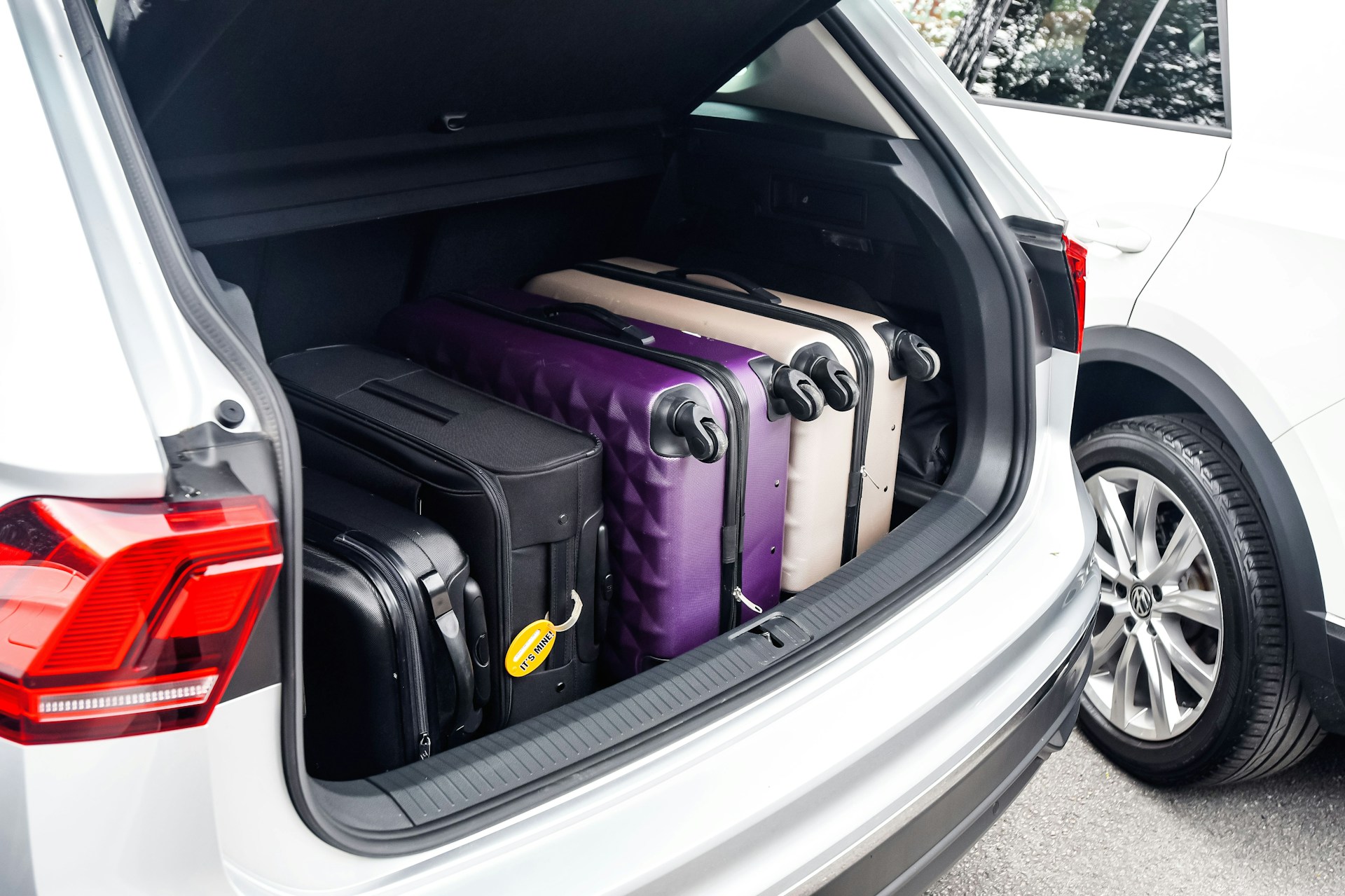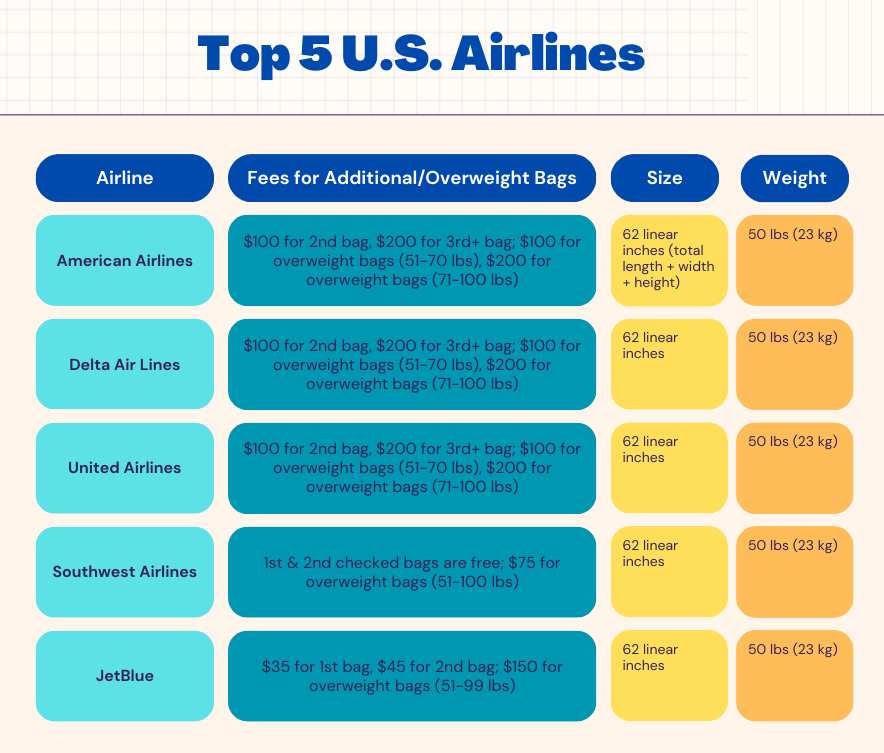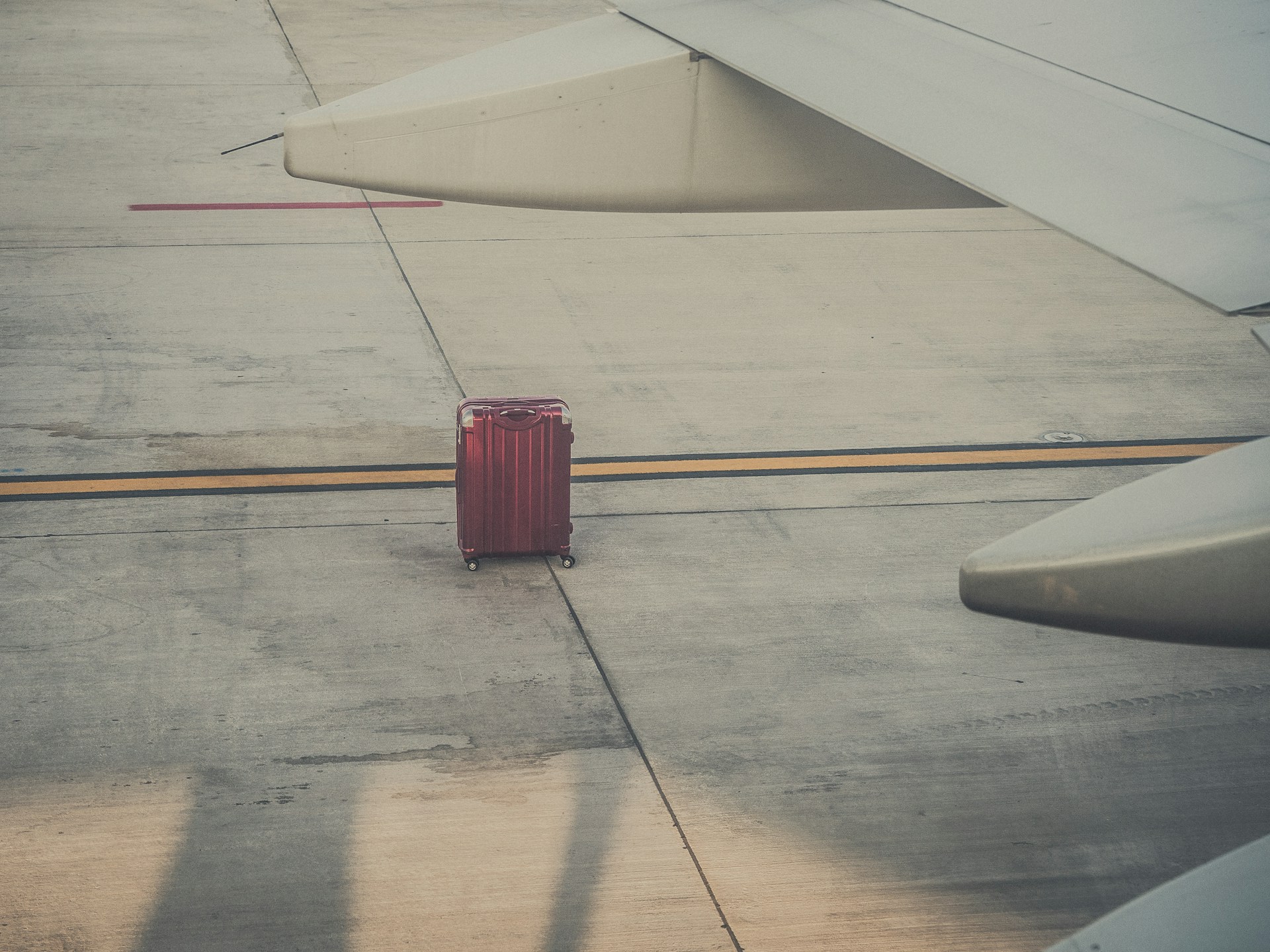
Ever had that heart-sinking moment at the check-in counter when you’re told your bag is overweight? Or worse, been stuck at security, frantically repacking your carry-on because of that rogue oversized shampoo bottle? Yeah, we’ve all been there. Luggage restrictions can be a real buzzkill, turning the excitement of travel into a stressful ordeal.
But don’t worry, we’re here to help. Think of this guide as your travel BFF, whispering all the insider secrets to stress-free packing. We’ll break down those confusing airline rules, share savvy packing hacks, and even tell you what to do if (gasp!) your luggage goes AWOL. So let’s ditch the baggage drama and focus on the fun stuff – adventure awaits!
Carry-On Luggage Restrictions: The Essentials
Let’s start with the basics of keeping your essentials close and your travel experience smooth. Here is a cheat sheet to carry on luggage restrictions:
Liquids
-
- The 3-1-1 Rule: The TSA’s 3-1-1 rule states that liquids, gels, and aerosols must be in containers of 3.4 ounces (100 milliliters) or less, fit in a 1-quart-sized bag, and be limited to one bag per passenger.
- Exceptions: Medications, baby formula/food, and breast milk are exempt from the 3-1-1 rule but may require additional screening.
- Duty-Free Liquids: Liquids purchased at duty-free shops after security screening can be carried on, but ensure they’re properly sealed in a tamper-evident bag with the receipt.
Electronics
-
- Laptops & Tablets: Most airlines require laptops and tablets to be removed from your carry-on and placed in a separate bin for X-ray screening.
- Other Electronics: Smaller electronics like cameras, phones, and e-readers can usually remain in your bag.
- Spare Batteries: Spare lithium batteries must be carried in your carry-on luggage, not checked luggage, due to fire risks.
Weight Restrictions
-
- Vary by Airline: Carry-on weight restrictions can vary significantly between airlines and even by fare class. Check your airline’s specific policy before packing.
- General Guidelines: In general, most U.S. airlines don’t have specific weight restrictions for carry-on bags, but they do expect you to be able to lift your bag into the overhead bin without assistance.
Checked Luggage Airline Specifics
Here’s a breakdown of checked luggage restrictions for some major U.S. airlines:
Note: These are general guidelines and fees may vary depending on your fare class, destination, and frequent flyer status. Always check your airline’s specific baggage policy before traveling.
What Can I Pack In My Checked Luggage?
Most items can be checked in your luggage, but some have restrictions:
- Liquids & Aerosols: Non-flammable and non-hazardous liquids and aerosols in containers larger than 3.4 ounces can be checked. However, ensure they’re properly sealed to prevent leaks.
- Sharp Objects: Sharp objects like knives, scissors, and tools must be securely wrapped and placed in checked luggage.
- Sporting Equipment: Many airlines have specific rules for checking sporting equipment like skis, golf clubs, and surfboards. Check with your airline for details.
- Lithium Batteries: Spare lithium batteries must be carried in your carry-on luggage, not checked luggage.
Pro Tips for Stress-Free Packing
- Pack Light: The less you pack, the easier it is to manage your luggage and avoid fees.
- Use Sturdy Luggage: Invest in durable luggage that can withstand the rigors of travel.
- Label Your Bags: Clearly label your bags with your name, address, and phone number in case they get lost.
- Lock Your Bags: Use TSA-approved locks to secure your checked luggage.
- Take Photos of Your Luggage: Take photos of your luggage before checking it in, in case you need to file a claim for lost or damaged items.
What to Do if Your Luggage Gets Lost?
While airlines have a high success rate in reuniting passengers with their lost luggage, it’s still a good idea to be prepared:
- Report Immediately: If your luggage doesn’t arrive at the baggage claim, report it to the airline’s baggage service office immediately.
- File a Claim: Fill out a Property Irregularity Report (PIR) with the airline. This is the official document to initiate the tracing process.
- Keep Your Receipts: Keep all receipts related to your luggage and its contents. You may need these for reimbursement.
- Follow Up: Stay in touch with the airline and track the progress of your claim.
Travel with Confidence
By understanding luggage restrictions and following these tips, you can pack like a pro and enjoy a stress-free travel experience. Remember, a little preparation goes a long way in ensuring your belongings arrive safely at your destination. Safe travels!
With all these extra fees and headaches, why don’t you save yourself some money by pre-booking affordable airport parking through OneStopParking!

